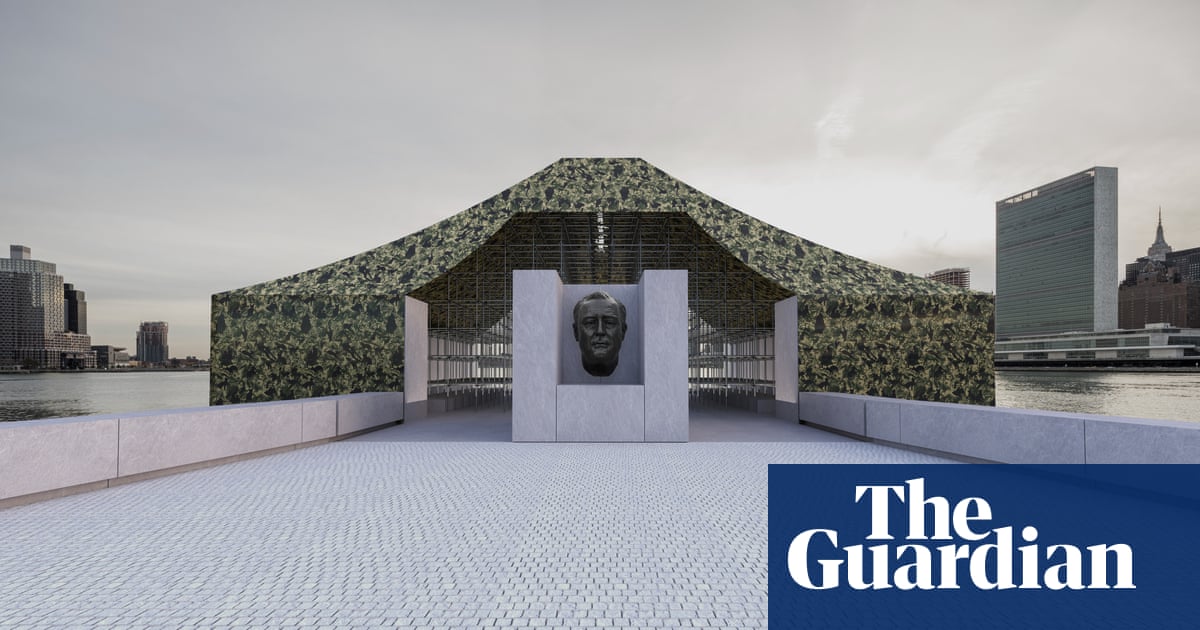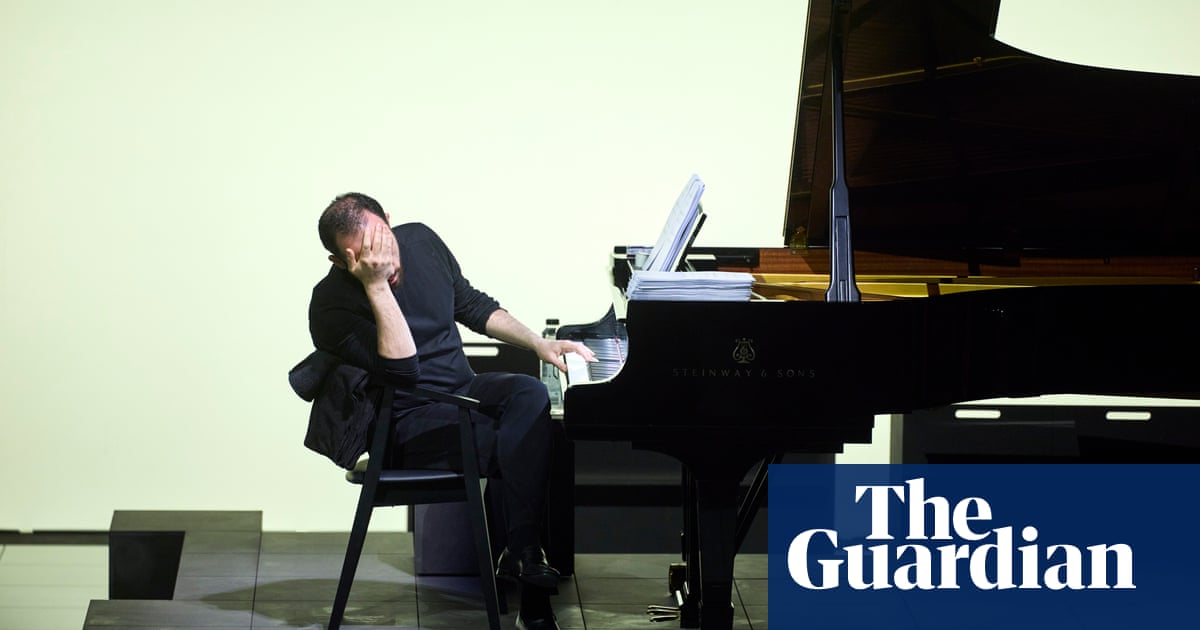The Southbank Centre’s cross-genre Multitudes festival opened with a double bill of Ravel’s ballets Daphnis et Chloé and La Valse, played by the London Philharmonic Orchestra under Edward Gardner, and performed by the Australian company Circa with choreography by their artistic director Yaron Lifschitz. Circa’s style amalgamates circus and acrobatics with contemporary dance, and the combination of athletic beauty, agility and strength suits Ravel uncommonly well.
Rather than use the music as accompaniment to display, Lifschitz worked with the score rather than against it, though he dispensed with Daphnis et Chloé’s narrative, replacing it with a sequence of contrasting abstract tableaux, now exhilarating,now erotic, always rooted in the pulse and throb of the music, played with exquisite finesse and detail by the LPO and Gardner throughout. Circa’s acrobats, five women, five men, look like classical statues slowly coming to life in the Introduction, as their lifts and dives become ever more vertiginous. The Danse Guerrière became a spectacular contest of prowess between two men on a climbing frame, and in Chloé’s Danse Suppliante, a woman hovered and swung with supreme grace in bolts of cloth high above the orchestra. The interlocking bodies of Lever du Jour, suggestive of ancient Greek friezes, were particularly beautiful, though the final Bacchanale, where the music turns orgiastic, eventually coalesces into an aggressive, unresolved standoff between two men.

The sudden ambivalence, in fact, marked the transition to La Valse with its underlying sense of society careering towards its own destruction. The atmosphere was markedly different. Tracksuits and skirts replaced the clingy lacy outfits worn in Daphnis, and where the latter was danced in pools of light, all pastel shades and purple, the platform now glowed red.
The choreography was again spectacular, if more closely woven: we’re now aware of tautness and tension throughout. Routines began and ended in the formality of ballroom hold, which felt increasingly like a constraint, and Gardner ratcheted up the pressure as the waltz itself moved almost imperceptibly from suave elegance to something infinitely more troubling. Lifschitz’s ending, meanwhile, with the 10 acrobats simultaneously performing a different spotlit dance was astonishing, but we were also suddenly and shockingly aware how isolated each had become. Powerful, beautiful stuff, and a most extraordinary evening.

.png) 4 hours ago
3
4 hours ago
3













































